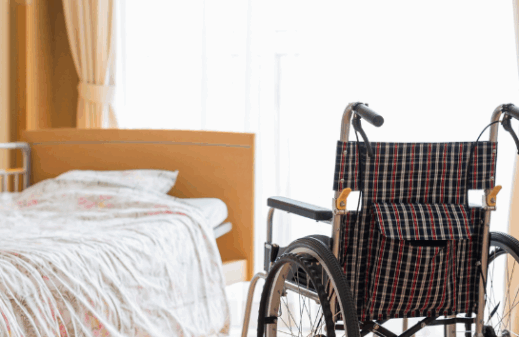Every year, thousands of older adults are subjected to elder abuse. This takes many different forms. Perpetrators may be family members, friends, or even care workers. Even though elder abuse is common, residential care facilities can take steps to protect residents.
Elder Abuse Facts and Statistics
According to the Department of Justice, elder abuse encompasses physical, sexual, and psychological abuse, financial fraud, and exploitation and caregiver neglect. In any given year, at least 10% of adults aged 65 and older will experience one or more forms of elder abuse.
Some forms of elder abuse are more obvious than others, but all can be emotionally and psychologically harmful. In addition to financial, physical, and sexual abuse, the National Council of Aging says elder abuse includes the following:
- Confinement for anything other than a valid medical reason
- Emotional abuse, such as verbal assaults and intimidation
- Passive neglect, such as failing to provide food, clothing, shelter, or medical care
- Willful deprivation of medication, medical care, shelter, food, a therapeutic device, or physical assistance
Residential care facility workers, residents’ friends and family members, and other individuals who have access to the care facility (such as physical therapists) can all commit elder abuse. Financial elder abuse can even originate from people who don’t have physical access to the facility. For example, scammers may try to exploit your residents via email, text messages, physical mail, or phone calls.
Screen Your Workers
The World Health Organization says rates of elder abuse are high in institutions such as nursing homes and long-term care facilities. Alarmingly, two in three staff members admitted to committing abuse in the past year. This statistic should be a wakeup call for residential care facility leaders.
To prevent instances of elder abuse, it’s important to screen your workers. Your background checks should look for the various types of elder abuse. In addition, be aware that a history of drug use could be a factor because abuse could occur if staff members steal medications from residents.
Train Your Workers
Working in a residential care facility can be difficult. Staff members may commit elder abuse in response to frustration or stress. They may not realize their actions qualify as abuse unless a supervisor points it out. Train your workers on the different types of elder abuse to ensure they understand what elder abuse is, how it hurts seniors, and that you will not tolerate it.
Also train your workers to identify the signs of elder abuse. Your staff members are in close contact with your residents on a regular basis, meaning they are in an excellent position to stop elder abuse.
Since there are various types of elder abuse, the signs are varied. The National Institute on Aging says you should watch for signs that an older adult:
- Is depressed, confused, or withdrawn.
- Is isolated from friends and family.
- Has unexplained bruises, burns, or scars.
- Appears dirty, underfed, dehydrated, overmedicated, or undermedicated or is not receiving care for medical problems.
- Has bedsores or other preventable conditions.
- Has recent changes in banking or spending patterns.
Download the National Institute on Aging’s infographic and share it with your staff.
Implement a Reporting and Investigation Procedure
All residential care facilities should have a way for staff, residents, and families to report suspected cases of elder abuse.
Investigate all complaints thoroughly.
- Talk to the resident to gather information and determine what might be happening.
- If the suspected abuse stems from a staff member, you’ll need to conduct a thorough investigation and take an appropriate response.
- If you have reason to think a resident is falling victim to scams, notify the resident’s family.
- If the suspected abuser is a friend or family member of the resident, take action to protect the resident. This will include reporting the abuse.
- Report cases of suspected abuse to the appropriate authorities, such as your state’s Adult Protective Services or Long-Term Care Ombudsman. Call the police if the resident is in immediate danger or you need to report a crime.
By watching for elder abuse and taking steps to prevent it, you can help keep your residents safe. However, to protect yourself from liability if abuse does occur, you need to maintain insurance coverage. Tangram provides insurance for adult residential care facilities through the Personal Care & Assisted Living Insurance Center (PCALIC). Learn more.
Article provided by Tangram Insurance Services.




